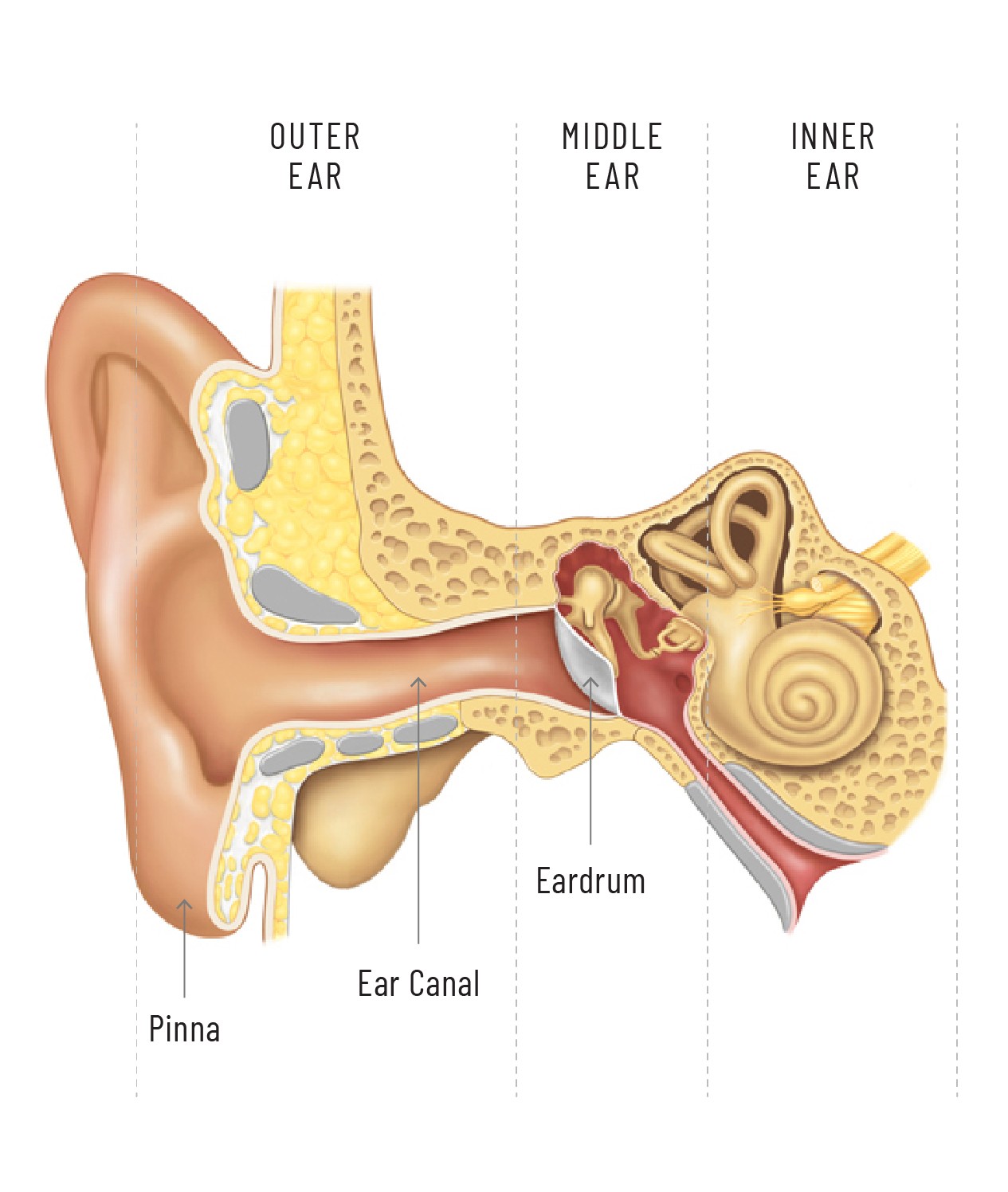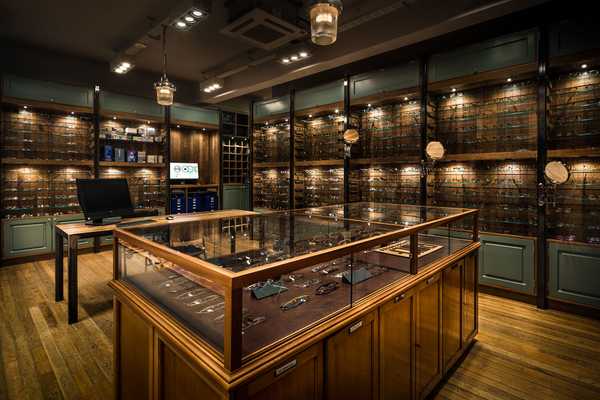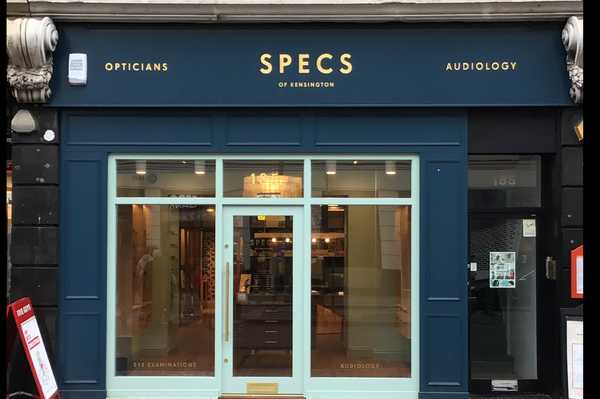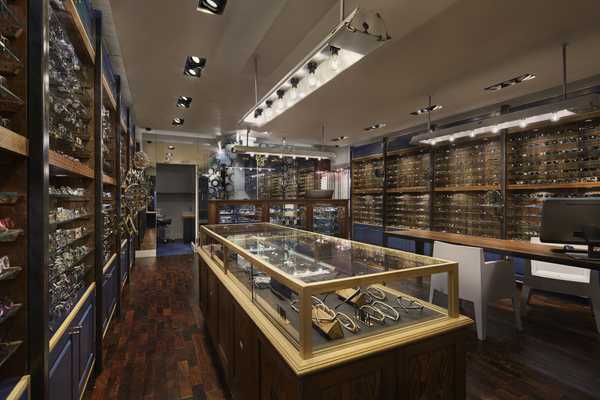HEARING ASSESSMENT
At The Ear Place we pride ourselves on our high level of service and thorough testing procedures.
Our advanced hearing assessment includes further checks to provide additional information on both the health and function of the ears. This data is important to ensure each individual is getting the best possible treatment and advice.

The hearing assessment
A hearing assessment will establish the quietest sounds that a person is able to hear at several different frequencies. Sounds are played through headphones in 2 different ways which allows our audiologist to establish whether there is a hearing loss and if so, what type of hearing loss it is and where the damage has occurred. The first part of the hearing test is done via ‘air conduction’, this is where our headphones are placed over the ears and sounds are played via the route that all sounds are heard on a daily basis.
- The sound travels down the ear canal
- Hits the ear drum causing the ear drum to move/vibrate
- This causes the ossicles (three little bones) in the middle ear to move
- This causes a ripple effect in the fluid of the inner ear which in turn makes very little hair cells move
- Signals from these hair cells are then sent to the brain
- Depending on the strength of the ‘ripple’ from the incoming sound depends on which hair cells are stimulated and each hair cells are responsible for different frequencies we hear
- Testing the hearing via air conduction tests the whole hearing system working together as one
The second part of the hearing test is done via ‘bone conduction’, this is where a different type of headset is placed onto the prominent bony section of the skull behind one ear. The same type of sounds are played again but this time the sound travels directly through the bone of the skull to the inner ear. This way the audiologist can test how well the inner section of the ear is working in isolation even if the middle or outer section isn’t working as well as it should. When both tests are completed, by comparing them the audiologist is able to establish what type of hearing loss may be present. Hearing loss can be categorised into 3 categories:
Sensorineural hearing loss
This type of hearing loss is where the damage her been done to the sensory organ of hearing, the inner ear or beyond. This is a very common type of hearing loss and happens to everybody to some extent over time due to general noise exposure and the aging process.
Generally, with this type of hearing loss the high frequencies will be the first to deteriorate which affects clarity. An individual with this type of hearing loss will still be able to hear certain sounds quite easily – for this reason it is sometimes difficult to know that a hearing loss is developing because some parts of the hearing system and certain sounds remain unaffected. When the higher frequencies deteriorate speech will be the most affected making it sound as though people might ‘mumble’ and situations where there is a background noise will become increasingly difficult.
Conductive hearing loss
This type of hearing loss is where there is a problem ‘mechanically’ with the sound getting through to the inner ear and beyond. The inner ear may be perfectly healthy and fully functioning but there may be a transmission problem. Examples of things that would cause this type of hearing loss include but are not limited to; wax blockages, a hole in the ear drum, a cold causing a fluid build-up behind the ear drum or stiffening of the middle ear bones.
Mixed hearing loss
This is where a person may have a mixture of the above hearing losses.
Regardless of the type of hearing loss our audiologists will offer their advice and expertise on the best thing options and routes available. This may be an onward referral to another medical professional, or it may be to discuss options and to offer advice on hearing aids and assistive listening devices.








